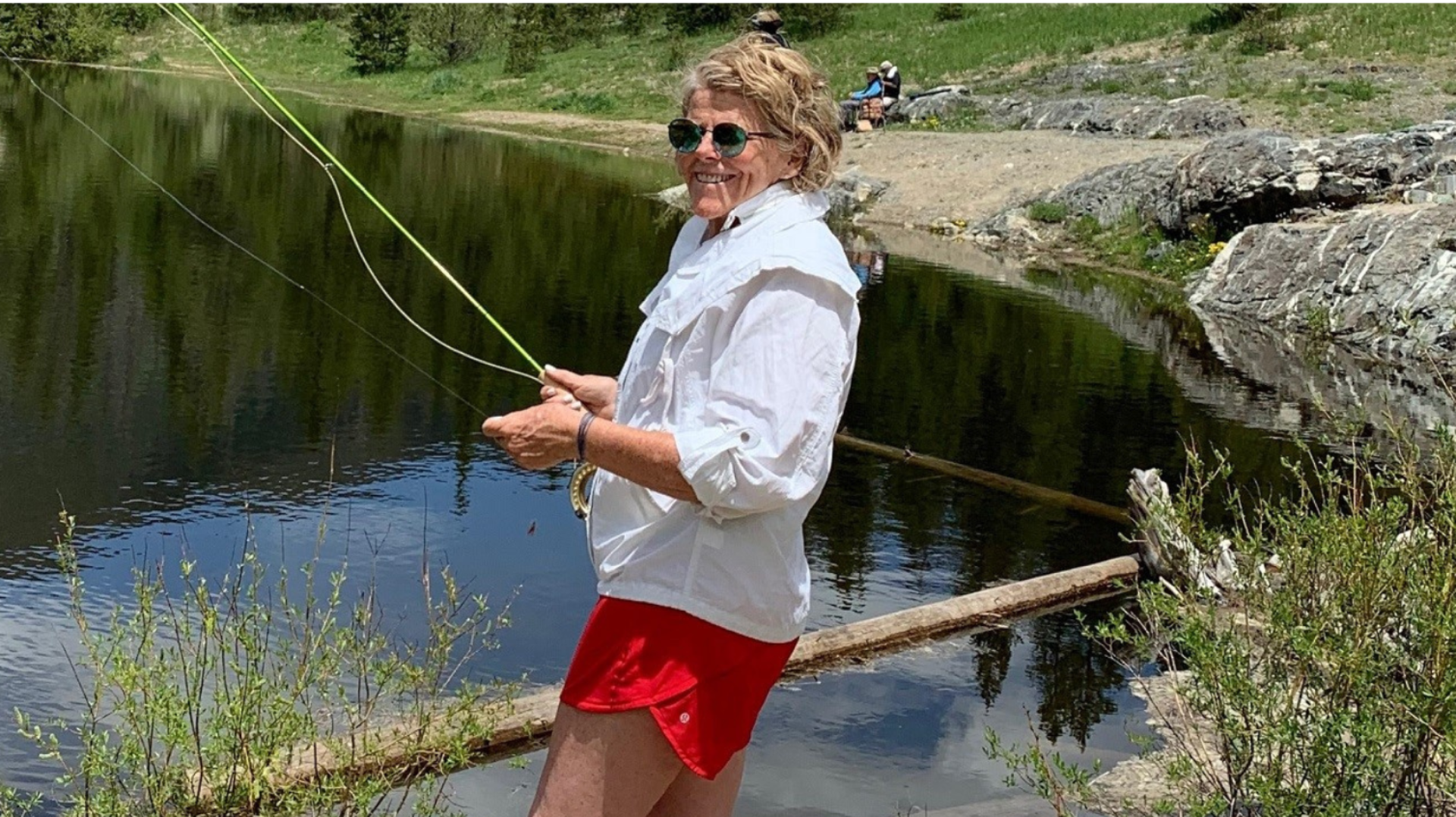Neuroplasticity, the brain’s remarkable ability to adapt and reshape itself throughout life, is no longer a fringe concept. It’s a vibrant field brimming with rapid […]
Blog
Neuroplasticity: The Seed of Greatness Blooming Now
Neuroplasticity isn’t just a future promise, it’s a present solution fueling a wave of greatness. This remarkable ability of the brain to adapt and grow […]
NEUROPLASTICITY: The Brain’s Hidden Power and Key to Our Future
For a long time, the brain was thought to be a relatively fixed organ, its structure and function largely set in stone by our genes […]
The Cushion Within: Collagen Type II and Joint & Cartilage Support
Our bodies are complex machines, and joints play a critical role in keeping us moving. Healthy cartilage, the spongy tissue cushioning our joints, is essential […]
Collagen Powerhouse Duo: Hair, Skin, Nails, and Bones
Collagen is the body’s most abundant protein, acting as the glue that holds everything together. But it’s not just one type – there are over […]
